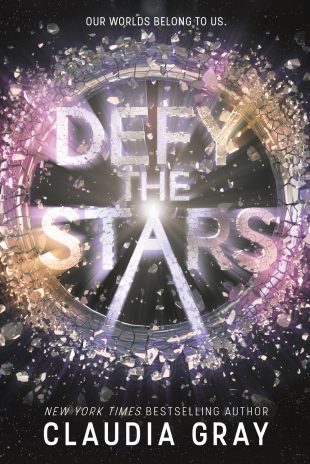 Defy the Stars (Defy the Stars #1)
Defy the Stars (Defy the Stars #1) by
Claudia Gray  Series: Defy the Stars #1
Series: Defy the Stars #1 on April 4th 2017
Genres: Science Fiction,
Young Adult Fiction Pages: 512
Source: Netgalley Amazon Goodreads FTC Disclosure: I received a complimentary copy of this book from the publisher via Netgalley. All opinions are my own.
Goodreads Synopsis: Noemi Vidal is a teen soldier from the planet Genesis, once a colony of Earth that’s now at war for its independence. The humans of Genesis have fought Earth’s robotic “mech” armies for decades with no end in sight.
After a surprise attack, Noemi finds herself stranded in space on an abandoned ship where she meets Abel, the most sophisticated mech prototype ever made. One who should be her enemy. But Abel’s programming forces him to obey Noemi as his commander, which means he has to help her save Genesis–even though her plan to win the war will kill him.
Together they embark on a daring voyage through the galaxy. Before long, Noemi begins to realize Abel may be more than a machine, and, for his part, Abel’s devotion to Noemi is no longer just a matter of programming.
MY REVIEW
Wow, what a pleasant surprise this book turned out to be! I’ve never read anything by Claudia Gray and so really had no idea what to expect going into Defy the Stars. I literally spent my entire weekend reading it and I regret nothing. Such a riveting adventure!
The premise of the story is that Earth has basically used up nearly all of its resources so the planet is dying and its inhabitants therefore need to find another home to move to as soon as possible. A few other planets have been made habitable, but they are not nearly big enough to hold Earth’s population. The planet Genesis is the ideal choice for resettlement, but Genesis isn’t having it. They have seen what the humans of Earth have done to their own planet and have no interest in letting them come, take over Genesis, and do the same thing to their planet. For this reason, Genesis and Earth are at war when the book opens.
In many ways it’s an unfair fight because Earth has developed an army of what are known as Mechs. Mechs are incredibly sophisticated robots and humans are just no match against them, especially humans on Genesis because they don’t have nearly the same technological capabilities that Earth does. When the story opens, Earth and Genesis have been fighting for decades and the people of Genesis are in real danger of losing the fight and therefore their planet.
The world building in Defy the Stars is quite fascinating and intricate. In addition to Earth and Genesis, there are also several other distinct planets, such as Kismet, which is a lush playground of sorts for the wealthy, as well as Cray, which is where all of the great scientific minds have been sent, and then Stronghold, which reminded me a lot of Mars in the way it’s described. These planets are aligned in a loop and travel between them is accomplished via Gates, which are basically wormholes, and in an act of desperation, the leaders of Genesis have come up with a plan to try to cut off Earth’s access to Genesis by damaging the Gate that lies between Genesis and Earth. They don’t believe they have the firepower to truly destroy it, but believe that they can disable it enough to buy themselves a few years of peace so that they can regroup and rearm themselves. The ultimate problem with the plan – the only way the leaders think they can do enough damage to this Gate to render it useless is to send 150 of their soldiers on what is being called the Masada Run, where they will each crash their ships directly into the Gate. It’s a suicide mission.
When we meet our protagonist, teenager Noemi Vidal, she is training to take part in the Masada Run. A surprise attack while the Genesis soldiers are making a practice run leaves Noemi’s half-sister, Esther, who was working as a scout, critically wounded. In an effort to save Esther, Noemi takes her aboard what appears to be an abandoned ship from Earth in search of medical supplies. It is here that Noemi comes face to face with, and is nearly kill by, Abel. Abel is a Mech, and as it turns out, a one-of-a –kind mech, the most sophisticated Mech prototype ever made, in fact. By virtue of his programming, he should inherently be Noemi’s enemy, but his programming also requires him to obey his commander, and as Noemi has basically commandeered the ship he is on, by default, she becomes Abel’s commander and he is therefore sworn to follow her every order. Once Noemi is reassured that Abel is, in fact, loyal to her, she begins to pump him for intelligence. She learns that Abel was traveling with his creator and a team of researchers who were examining the Gate between Genesis and Earth, looking for deficiencies in it that they could exploit it for their own benefit. As crucial as this intel is, what Noemi learns that is even more important, is that with a few key supplies that can be secured from other planets, there is another way to destroy the Gate. A mech could fly in there and destroy it and since a mech isn’t human, there would be no casualties. Because Noemi is now his commander, Abel of course volunteers to destroy the Gate and save his commander’s planet. This knowledge sets Noemi on a new course, with Abel by her side, in which she hopes to not only save her planet but also spare the lives of those who would all die in the Masada Run. The Masada Run is scheduled to take place in less than three weeks so it becomes a race against time…
LIKES
The Action: As you can guess by my lengthy lead in, this book is pretty intense in terms of the overall storyline. Pretty much everything I just laid out happens in the opening few chapters and I’ve barely scratched the surface. That race against time, coupled with the fact that Genesis is not viewed favorably by the other planets in the system because they feel like Genesis abandoned them to save themselves, leads to a lot of potentially hostile encounters as Noemi and Abel make their way across the galaxy in search of what they need to destroy that Gate. If you like action and adventure, you should enjoy this aspect of Defy the Stars.
Earth as the “Bad Guy”: I found it very intriguing that Earth is the one who must be stopped here. This idea seems pretty timely too, now that we have a U.S. President who apparently doesn’t believe in science. This fictional scenario could end up being closer to reality than we care to think about.
The Characters: As exciting as the storyline is, what really captured my attention and made me love the read are the characters themselves. I loved both Noemi and Abel. I loved them individually and I especially loved them working together as a team.
Noemi – I really loved Noemi from the first moment we meet her. Claudia Gray has created Noemi with this wonderful combination of fierce determination and selflessness that drew me in right away. We learn early on in the story that Noemi has volunteered to take part in the Masada Run, not just to save her planet, but also because the mission will only allow one representative from each household to volunteer to die and she is determined to protect her half sister, Esther, whom she has deemed the more worthy of living. As much as I was already intrigued by the idea that this teen soldier was willing to sacrifice herself for the good of her planet and to save Esther, her belief that she was somehow less worthy of having a chance to live her life just added a layer of vulnerability to her that made her all the more compelling of a character.
I also love the growth that Noemi undergoes both as she begins to meet citizens from these other planets and as she learns more and more about Abel and realizes that he may actually be more human than robot. She becomes much more reflective as the novel goes on as she begins to question the actions of the leaders of Genesis as well as her own plans. Was Genesis right to isolate itself and leave the other planets to fend for themselves against Earth? Wouldn’t they be stronger and better able to resist Earth if they banded together? If Abel is truly more human than he is robot, can she really let him sacrifice himself to save Genesis? So many big questions for such a young person to have to even think about.
Abel – As much as I loved Noemi, I absolutely adored Abel. Even though he is made up to look like a human, with hair, blood, skin, and even neurons, Abel reminded me so much of C3PO from Star Wars or maybe even Data from Star Trek: The Next Generation. He’s just charming and funny, and sometimes says things that are so annoying, I half expected Noemi to dismantle him to shut him up. I found him especially amusing when it became clear that he even has a bit of an ego. He’s proud that he’s the ultimate Mech prototype and that he’s the only one of his kind. He toots his own horn, so to speak, quite frequently on that subject!
In addition to being such an amusing character, Abel also comes across as so human from the moment we meet him that it’s heartbreaking to learn he has been trapped on this ship for 30 years, just floating around all alone. He tells Noemi that his creator and the crew were preparing to abandon ship and sent him to the airlock to complete one final task before departure. He became trapped there and they just left without him. He has no idea what happened to them – if they made it back to Earth or if they all perished – but it never really dawns on him that they didn’t think of him as a life and so thought nothing of leaving him there to try to save themselves. He even thinks of his creator as his “father” and doesn’t realize that even though he’s one of a kind, he is still viewed as ultimately disposable.
What also makes Abel a truly fascinating character is that he too, even though he is supposedly mostly just a machine, undergoes tremendous growth throughout the story. Those 30 years all alone caused the neurons in Abel’s body to make new connections and begin to evolve in ways Abel’s creator may never even have thought possible. Even though Abel still has programming, he is supposed to follow at all times, he has developed the ability to occasionally override that programming. It’s as though he is developing free will or as Noemi starts to wonder, maybe even some form of a soul. Once Noemi starts to question just how human Abel has become over the years, it takes their relationship to a whole new level and it’s wonderful to watch how loyal they become to each other.
ANY DISLIKES?
I can’t really call it a dislike but there was a lot of information to sift through at the beginning with the different planets, the explanation of the cybergenetics and that Abel was a prototype for 25 other models of Mechs, etc. I love science fiction so I can’t say that it bothered me too much, although I’ll admit I stopped to take a few notes along the way because there were a lot of details to keep track of, but I could see it potentially making it difficult for some readers to get into the story. My advice would be to push through the beginning though because once you get past that initial worldbuilding and on to where Noemi and Abel meet, the story just flies along from there and you’ll breeze right through.
FINAL THOUGHTS?
If you like a book that is action-packed, filled with compelling characters, and that asks big questions about ethics, religion vs faith, the environment, technology, politics, and so much more, I’d highly recommend Defy the Stars.
RATING: 4 STARS
Thanks so much to Netgalley, the publisher, and of course to author Claudia Gray for allowing me to preview this book in exchange for my honest review.

About Claudia Gray
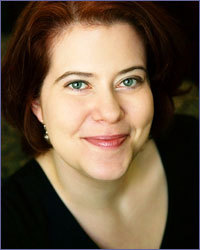
Claudia Gray in her own words:
“Claudia Gray is a pseudonym. I would like to say that I chose another name so that no one would ever learn the links between my shadowy, dramatic past and the explosive secrets revealed through my characters. This would be a lie. In truth, I took a pseudonym simply because I thought it would be fun to choose my own name. (And it is.)
I write novels full-time, absolutely love it, and hope to be able to do this forever. My home is in New Orleans, is more than 100 years old, and is painted purple. In my free time I read, travel, hike, cook and listen to music. You can keep up with my latest releases, thoughts on writing and various pop-culture musings via Twitter, Tumblr, Pinterest, GoodReads, Instagram or (of course) my own home page.
If you want to contact me, you can email me here, but your best bet is probably to Tweet me. I don’t do follows on Twitter, but I follow everyone back on Tumblr, Pinterest and GoodReads.”
Website | Twitter | Facebook | Goodreads
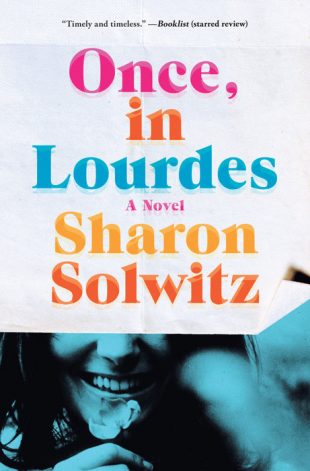 Once, in Lourdes by Sharon Solwitz
Once, in Lourdes by Sharon Solwitz 

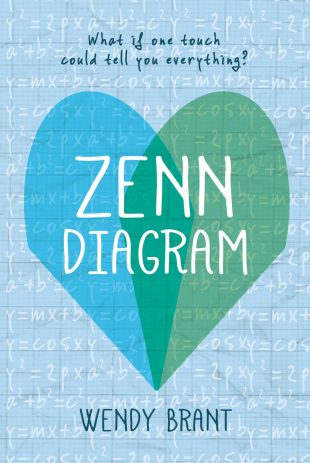 Zenn Diagram by
Zenn Diagram by 
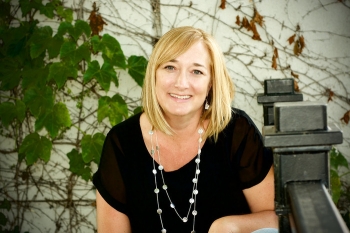
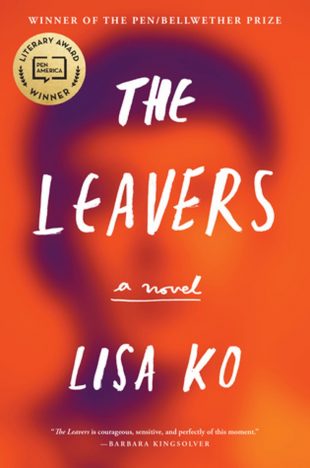 The Leavers by
The Leavers by 
 Defy the Stars (Defy the Stars #1) by
Defy the Stars (Defy the Stars #1) by 
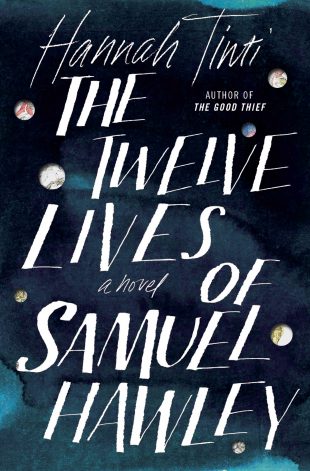 The Twelve Lives of Samuel Hawley by
The Twelve Lives of Samuel Hawley by 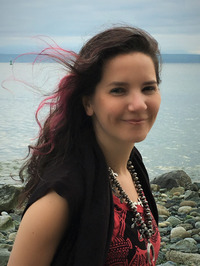
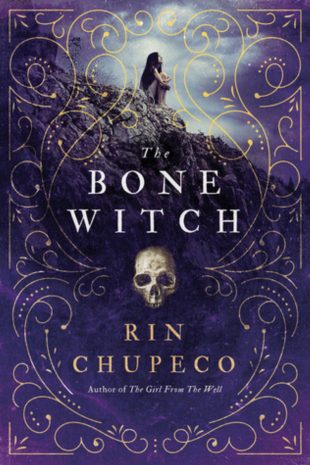 The Bone Witch (The Bone Witch, #1) by
The Bone Witch (The Bone Witch, #1) by 

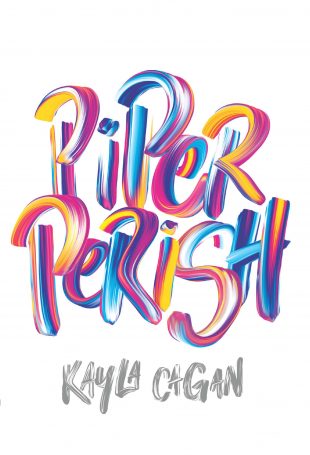 Piper Perish by
Piper Perish by 
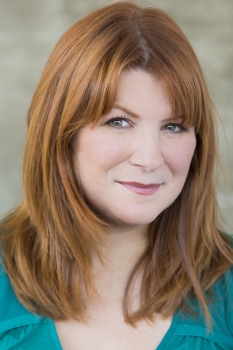
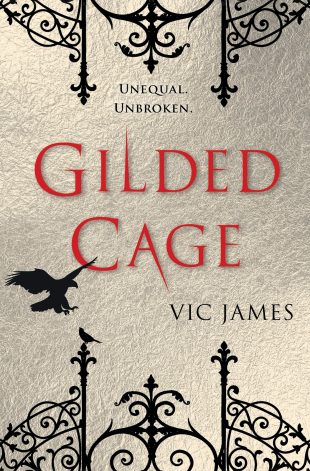 Gilded Cage (Dark Gifts, #1) by
Gilded Cage (Dark Gifts, #1) by 
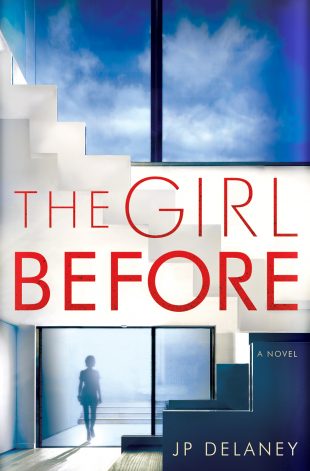 The Girl Before by
The Girl Before by 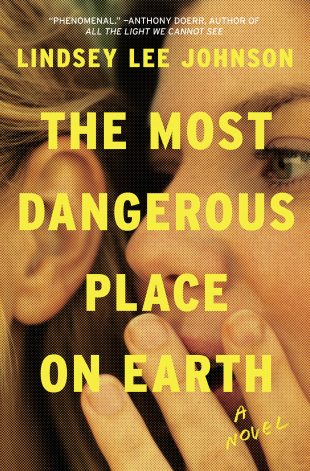 The Most Dangerous Place on Earth by
The Most Dangerous Place on Earth by 